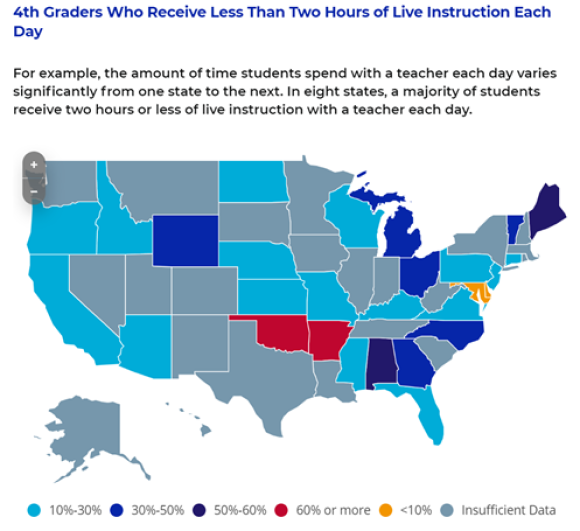The Mountain State Moves on School Choice. West Virginia is on track to become the sixth state to make education savings accounts available to students--and almost every child in the state would be eligible. This week, Jonathan Butcher
interviewed Amanda Kieffer at the Cardinal Institute to explain the new proposal, which legislators just sent to the governor's desk. Amanda told Jonathan, "Education is the bedrock of a prosperous community and a fulfilled life. It helps students to pursue happiness and reach their potential. Every child should have those opportunities." You can read about these new "Hope Scholarships" on
The Daily Signal.
Heritage researchers helped
introduce Mountain State families to education savings accounts in
2016 and
2017, continuing to
aid in the effort as the Cardinal Institute helped families who were looking for more options for their students.
What We’re Working on
“Why should families who support all district schools with their taxes be forced to send their children to geographically assigned schools that perform poorly or cannot meet their children’s learning needs?” ask Lindsey Burke and I in the
Washington Times this week.
As we write, “states and localities could remedy this broken system by
eliminating attendance zone boundaries. That would effectively create open enrollment, allowing families to enroll their children in any public school within their school district. In the case of oversubscription at a particular school, a lottery would determine admission.”
In
The Daily Signal, I also wrote about how school choice options could help combat the learning loss induced by the pandemic. “The successes of vibrant education marketplaces have gained the attention of many other states. This year, 29 states have already introduced proposals to expand education options for children through tax-credit scholarships, education savings accounts, and private school scholarships,” I write.
Seven Steps to Combatting “Critical Theory” in the Classroom. To help state and local education officials who are frustrated with the discrimination created by Critical Theory in K-12 classrooms, Jonathan Butcher and Lindsey Burke released an
Issue Brief this week outlining seven ways to promote quality learning content while preserving teachers' and students' expressive rights. They write, "As institutions that have an obligation to uphold the public’s trust, and as taxpayer-funded entities, schools and the school boards that oversee them should make curricula transparent, provide families with options that fit their needs, and teach civics content that creates a civil society in which everyone, regardless of background or skin color, can pursue the American Dream."
Jonathan's commentary explaining that a new policy effort to expand federal activity in civics and history instruction may splinter America's national identity ran on the
Tribune Wire last weekend. The new Educating for American Democracy initiative features lesson plans that use ideas from Critical Theory such as "
deconstruction" and tells teens to "claim power" while looking for "systems of oppression." These ideas are hardly bipartisan and are intolerant of other perspectives. You can read his commentary
here.

